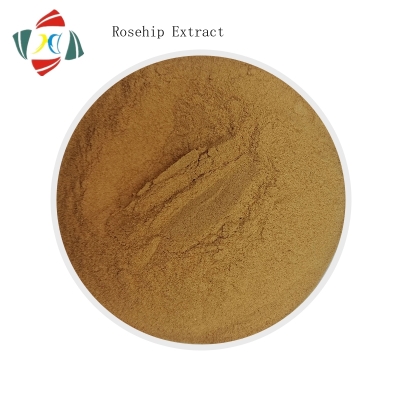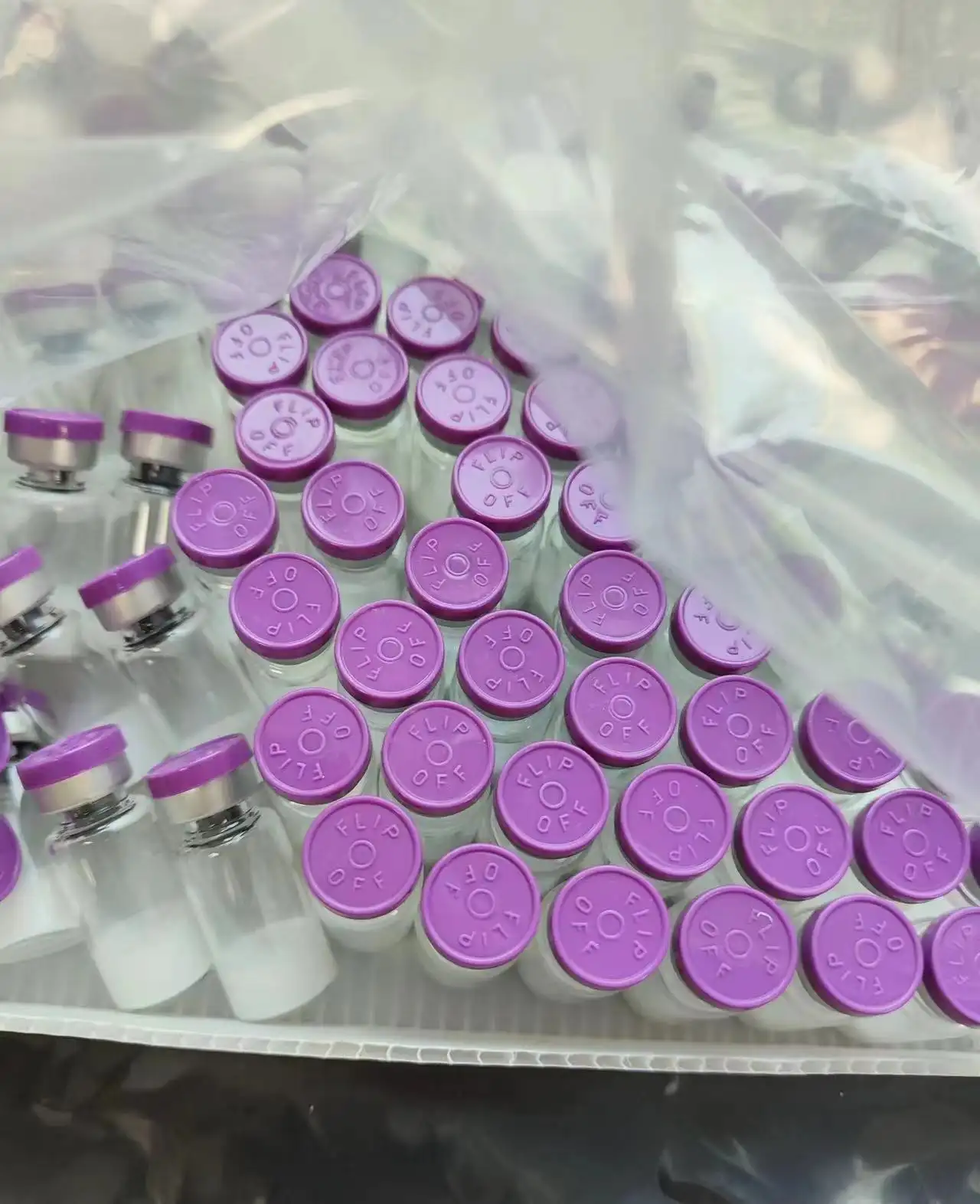-
Categories
-
Pharmaceutical Intermediates
-
Active Pharmaceutical Ingredients
-
Food Additives
- Industrial Coatings
- Agrochemicals
- Dyes and Pigments
- Surfactant
- Flavors and Fragrances
- Chemical Reagents
- Catalyst and Auxiliary
- Natural Products
- Inorganic Chemistry
-
Organic Chemistry
-
Biochemical Engineering
- Analytical Chemistry
- Cosmetic Ingredient
-
Pharmaceutical Intermediates
Promotion
ECHEMI Mall
Wholesale
Weekly Price
Exhibition
News
-
Trade Service
September 14, 2020 // -- In a recent study published in the international journal Nature, scientists from Johns Hopkins University School of Medicine and others found a new way to kill cell division machines by selectively attacking the core of the machine. Killing certain multiplying human breast cancer cells, a technique that until now has only been tested in laboratory cultures and in cells derived from the patient's body itself, could help researchers develop new drugs that will kill some of the patient's body's breast cancer cells without damaging other healthy cells in the body.
picture source: Dr. Andrew Holland, a researcher at Triche National Cancer Institute, says some of the most widely used cancer drugs can now kill rapidly dividing cancer cells, but most of them have obvious drawbacks, including that they kill healthy cells, such as fast-growing bone marrow cells.
that untrected errors in cell division can induce genetic errors in cells and, in some cases, promote cancer and progress.
Because all mammalian cells have similar cell division processes, researchers began looking for cell division mechanisms that are very specific to cancer cells in a variety of types of cells cultured in the lab; as research progressed, researchers stumbled upon a class of human breast cancer cell linees that relied on the center. Granules divide and survive, and the central granules act as the core of the central structure, where the central body is able to assemble thin wall tubes of proteins that give cell shape and help divide DNA when cells divide, however, many cells continue to divide without the central body and the central granules.
Although other cells survived without central granules, the researchers found that these laboratory-cultured breast cancer cells did not survive, and after an in-depth analysis, the researchers found that centrally granulation-dependent breast cancer cells carried a special genome that was abnormally replicated many times, and the researchers found these changes in about 9% of breast cancers.
Then the researchers tested a cell division process that interfered with high levels of TRIM37 cells, using a drug called PLC4 inhibitor, which interferes with the protein that makes the central grain, and then added the drug to breast cancer cells carrying normal level TRIM37, with the opposite result: breast cancer cells could no longer divide, and most cells stopped growing or died.
'The idea is to identify tumors that carry high levels of TRIM37 and use PLC4 inhibitors to selectively kill cancer cells, while also keeping healthy cells relatively unsupportive,' said Holland, a researcher at the University of California, California.
in this study, researchers revealed why high levels of TRIM37 make cells extremely sensitive to drugs that remove the central granules, and normal cells can divide without the central granules because there is a central granulation around the central granules (pericentriolar material), which acts as a central body In the same role, the researchers note that high levels of TRIM37 promote cell degradation of the central granulocyte, and by adding drugs to remove the central granules, the cells may not have a way (neither the central body nor the central granulocytes) to reassemble the thin wall tube structure that helps the DNA divide during cell division.
later this year, researchers hope to conduct more in-depth research to find more stable drugs similar to the PLC4 inhibitors used in this study, and they also want to try to identify other human cancer cell linees that are more sensitive to these inhibitors.
() Original source: Yeow, Z.Y., Lambrus, B.G., Marlow, R. et al. Targeting TRIM37-driven centrosome dysfunction in 17q23-amplified breast cancer. Nature (2020). doi:10.1038/s41586-020-2690-1.







